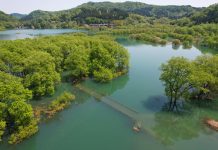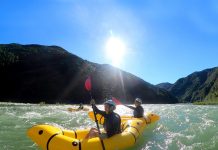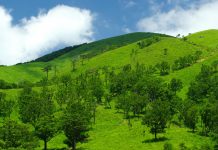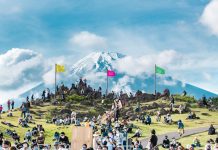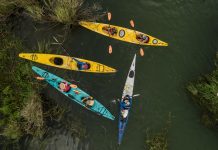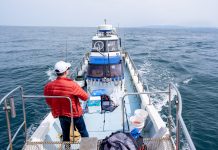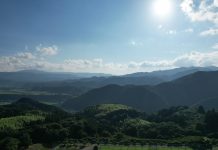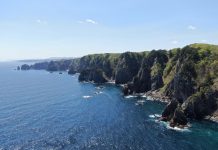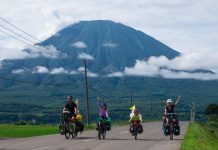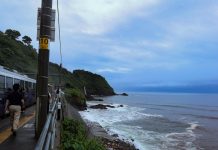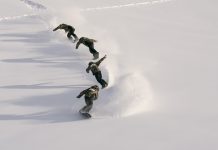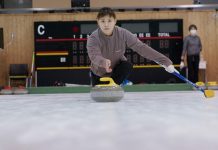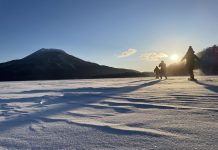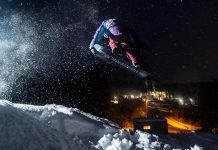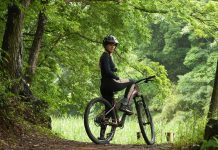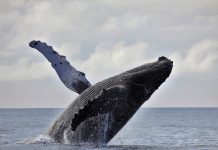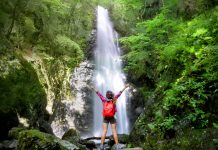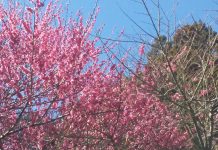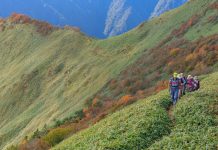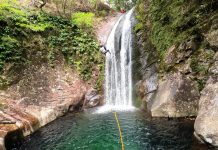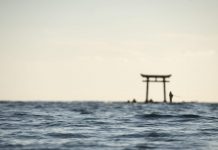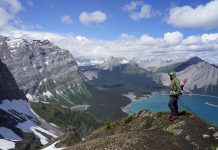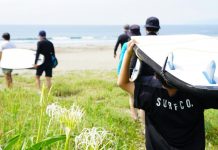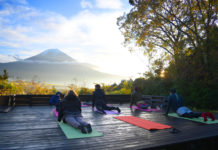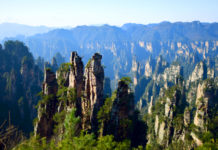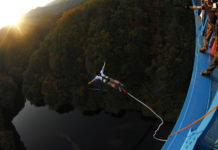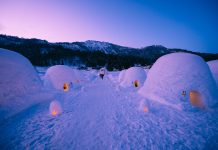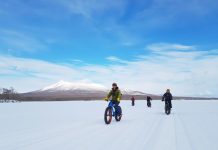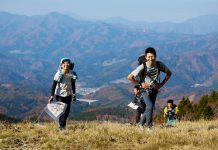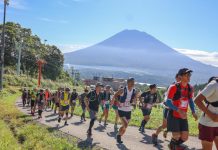He stumbled upon slacklining, an obscure sport barely heard of in Japan, and in just a decade, became one of the world’s best trickline athletes. Today, his stage name Gappai has become well known in the world of tricklining.
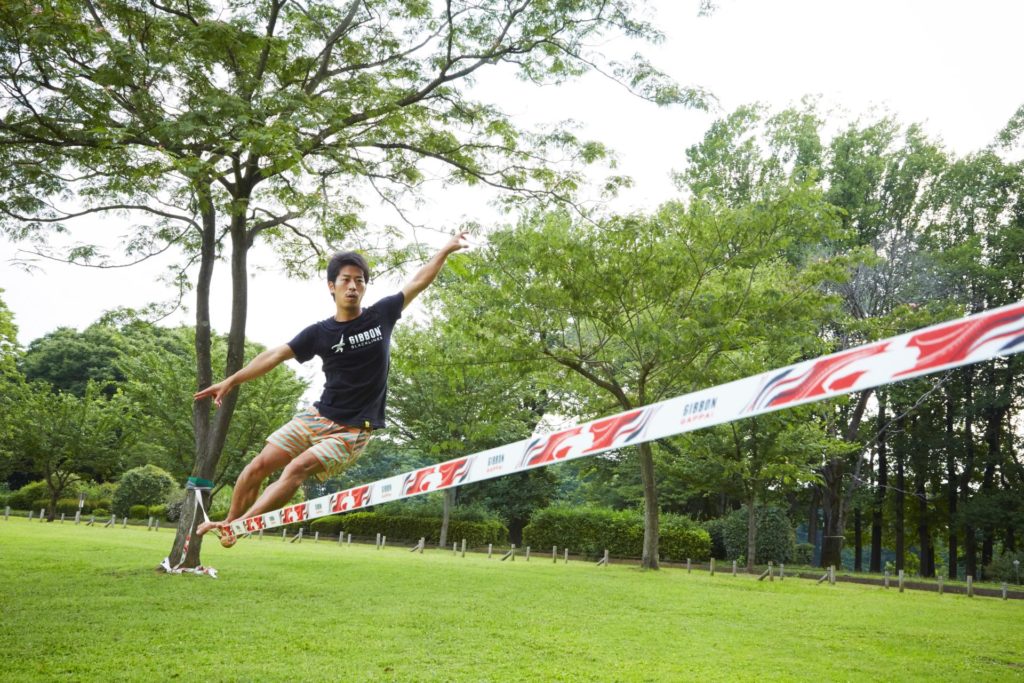
Rie Miyoshi: In 2008, slacklining was very new not just in Japan but all over the world. How did you find out about it?
Toru Osugi: My dad is a soccer coach so I had been playing soccer all my life. But I wanted to try something new. Just then, I happened to see onTV–I think it was on the NHK channel or something – a travel show where the host went to Europe. In one of the segments, the host met a group of young people slacklining at a park. It looked really fun and so I looked it up.
RM: Was it hard to find anything on it in Japanese?
TO: It was! But then I found a few videos people had uploaded on YouTube. Also it was perfect timing because Germany-based Gibbon Slacklines, one of the major slackline makers, started distributing in Japan six months prior to this. So I bought a slackline, gathered up my buddies and tried it out.
RM: Did your family and friends ask you why you were slacklining?
TO: They would joke I was joining the circus, but everyone was interested and wanted to try it out. I was still working part-time here and there so the only time I could practice was in the morning before work.
RM: Are there a lot of places to practice in Okayama?
TO: Okayama is the countryside so the rules for where and when you can slackline aren’t as strict as they might be in the city. I would practice anywhere there were two trees I could tie my slackline to: the park, riverbeds and open spaces.
RM: How did you end up becoming a trickline champion?
TO: Remember the YouTube videos I mentioned earlier? A lot of them were home videos that people all over the world had filmed of themselves doing cool slackline tricks. I watched these guys and copied them, then eventually started filming myself performing my own variations of tricks. I was particularly inspired by Gibbon rider Andy Lewis. When he uploaded a new trick, I’d watch it and then upload another new trick I made up. I put up these videos under the username “Gappai.”
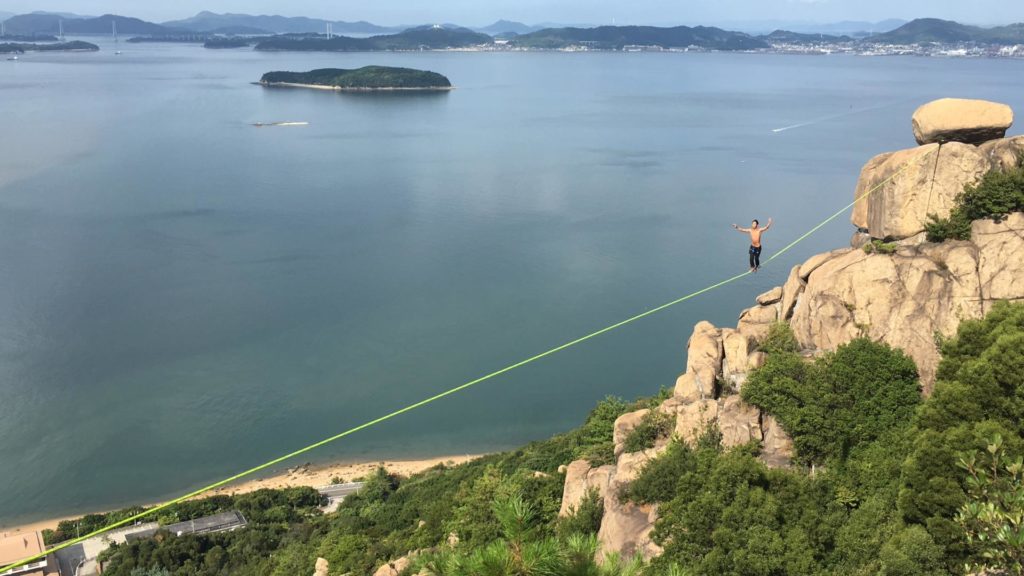
RM: Gappai?
TO: (laughs) People always ask me why my nickname is “Gappai” – there’s actually not much meaning to it! Gappai is an Okinawan term for when the back of your head sticks out. Not that mine is sticking out, but because I played soccer, the hair on the back of my head was cut short and stood out a lot. So the other kids in elementary school called me Gappai. It’s stuck since then and when I started uploading videos, I wanted to protect my identity so I went as Gappai online.
RM: So the Internet kicked off your slacklining career.
TO: Yes, in 2011 Gibbon Slacklines hosted the King of Slackline contest. It’s an online video contest for amateurs, where professional slackliners would choose a certain trick. We’d have to film ourselves doing that trick and if you passed the first round, you advance to the next trick and so on and so forth. I won and became a Gibbon rider. As slacklining got more media hype globally with an increase of events and contests, I got more opportunities to slackline around the country. In 2012 I decided to dedicate my all to trickline training and quit my jobs. Then in 2013, I won first place at the international Gibbon World Cup.
RM: Who were you battling against at the World Cup?
TO: Usually the Gibbon World Cup athletes include the world’s top eight trickline athletes, local qualifiers and the top winners of online slackline video contests. Your performance is mainly based on the number and variety of tricks you can do in, for example, one and a half minutes, and of course, your balance.
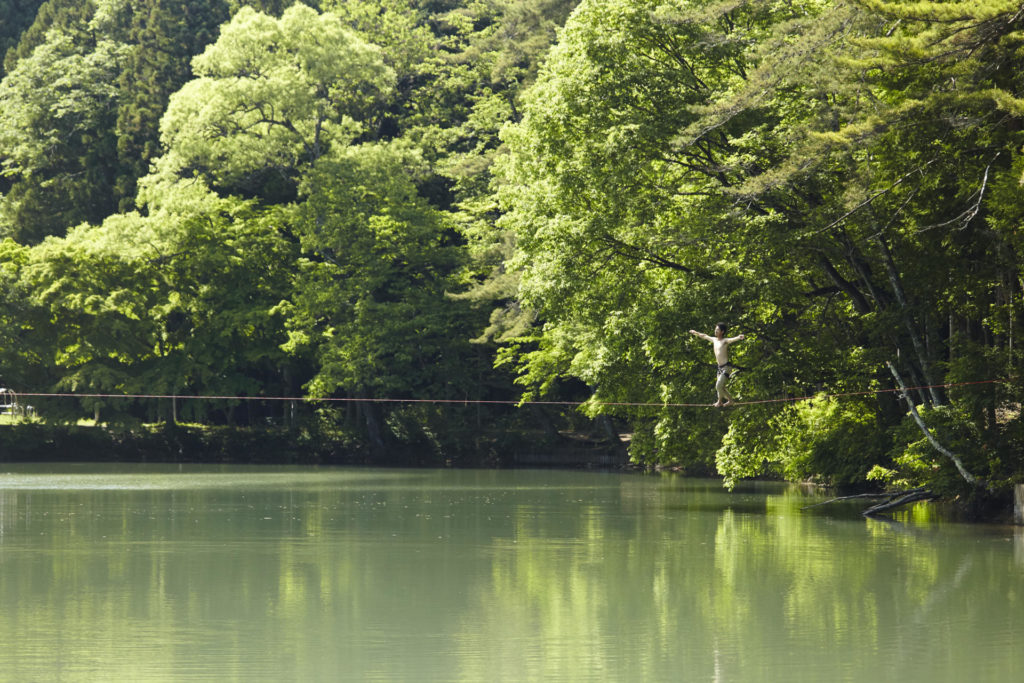
RM: You mentioned you created your own tricks. Which one are you most famous for?
TO: The “Free Fall.” It’s where I would jump up while sitting on the slackline, spin 360 degrees in the air and land on my chest. It scares me sometimes! My tricks include a lot of variations or combinations of other tricks – if I had to be specific, the number of tricks I’ve created would be over a million.
RM: Are there other sports or workout trainings you do?
TO: I’ve researched a lot on the body and how to control it. For tricklining, your muscles aren’t as important as you might think they are! Rather than building muscle, it’s about relaxing. The slackline is very narrow so your body’s natural reaction is to tense up and put strength when you get on it. But if you’re shaking, you can’t even get on. The stance you use for slacklining is similar to yokonori sports like surfing, stand-up paddling, skateboarding and snowboarding, so slacklining is great for off-season training.
RM: Do you still compete?
TO: I compete although recently to broaden my slackline skills, I’m polishing my other slackline skills like high and longline. Also as a member of the Japan Slackline Federation, I’m also putting effort into training instructors.
RM: As a leading figure in the world of slacklining, is there a message you’d like to spread?
TO: You see a lot of tricklining in the press lately which is awesome, but people associate slacklining to tricklining. It’s impressive and grabs people’s attention, but so acrobatic so if a regular person saw that, they’d just think “Wow!” but not want to try it for themselves. The beauty of the slackline is you can enjoy it in so many different ways. The first time I saw a slackline was a group of young people hanging out at a park, simply balancing on a line. This was what made me think I could try it and I’d like to share this same feeling.
Watch Gappai and Japan’s most talented trickliners this spring in Tokyo. The Gibbon Cup 2018 series kicks off on April 14-15 at the main courtyard at Futako Tamagawa Rise Shopping Center.

